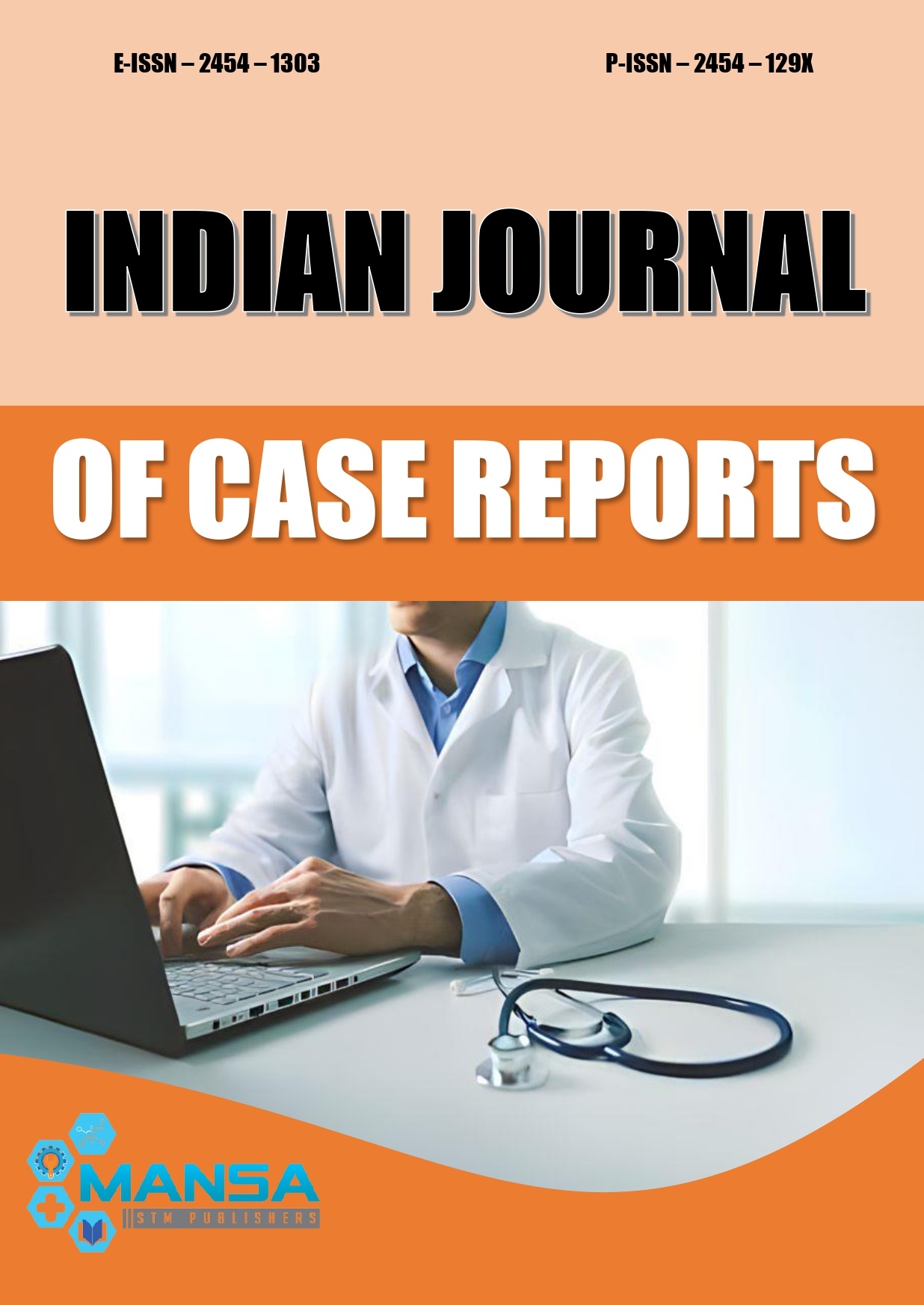Secretory carcinoma of the parotid: Approach with morphology, cyto-immunohistochemistry, and fluorescence in situ hybridization analysis of the rare entity
DOI:
https://doi.org/10.32677/IJCR.2020.v06.i07.011Keywords:
Immunohistochemistry, Mammary analog secretory carcinoma, Parotid gland, Immunohistochemistry, Mammary analog secretory carcinoma, Parotid glandAbstract
Mammary analog secretory carcinoma (MASC) is a recently described entity listed in the World Health Organization classification of the salivary gland tumors under the head and neck tumors. It is a low-grade malignancy with a relatively benign course. The identification of this new but less recognized entity is warranted due to a limited understanding of the prevalence, clinical course, behavior, and prognosis. Here, we present a case of MASC arising in the right parotid gland in a 50-year-old gentleman. It was slow-growing swelling associated with the recent onset of pain. On examination, 4×3 cm swelling was present just below the right ear lobule. It was firm, irregular in shape with a smooth surface with slight mobility to the overlying skin. Fine-needle aspiration cytology suggested differentials of salivary duct carcinoma, acinic cell carcinoma, mucoepidermoid carcinoma, and metastatic carcinoma. The patient underwent right superficial parotidectomy with supraomohyoid neck dissection, and histopathology came out to be secretory analog mammary carcinoma. Immunohistochemistry is a confirmatory test that shows positivity for S-100 protein and mammaglobin and shows characteristic ETV6-NTRK3 translocation.

